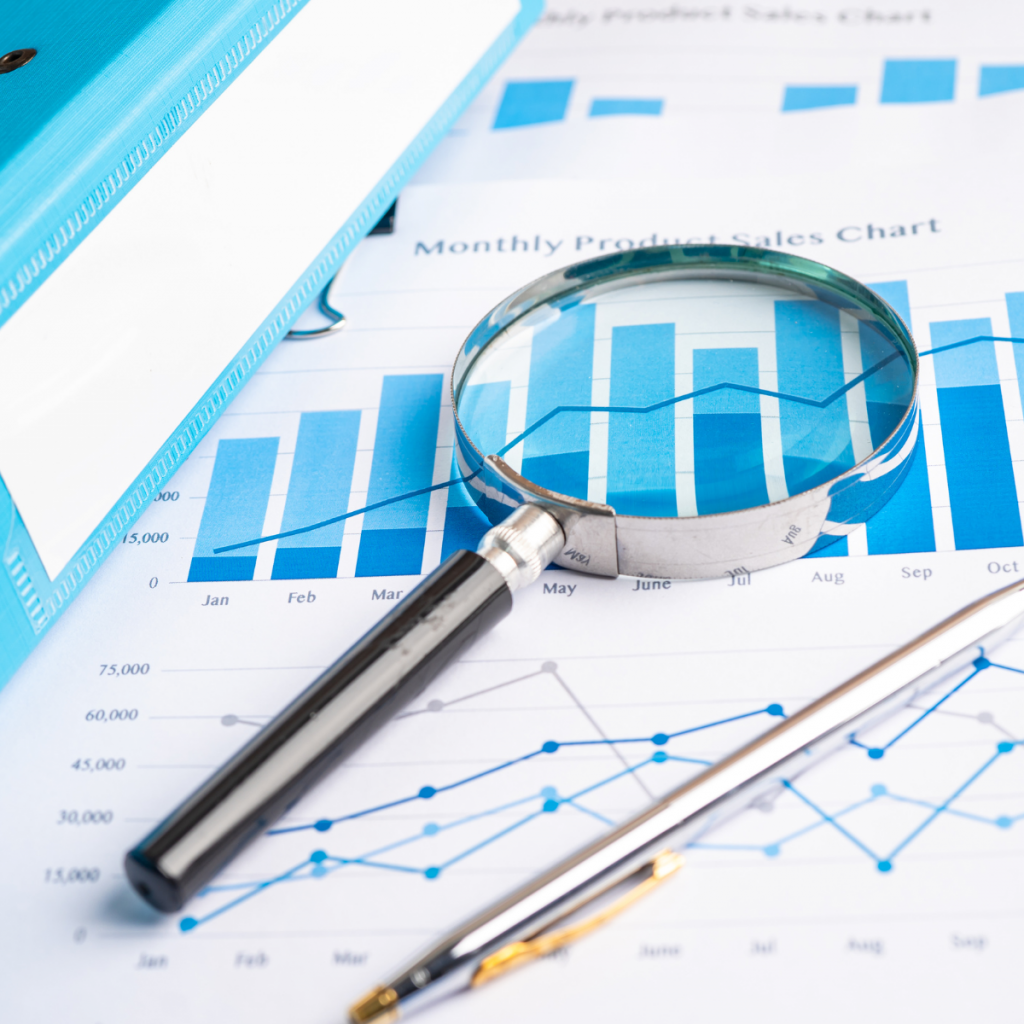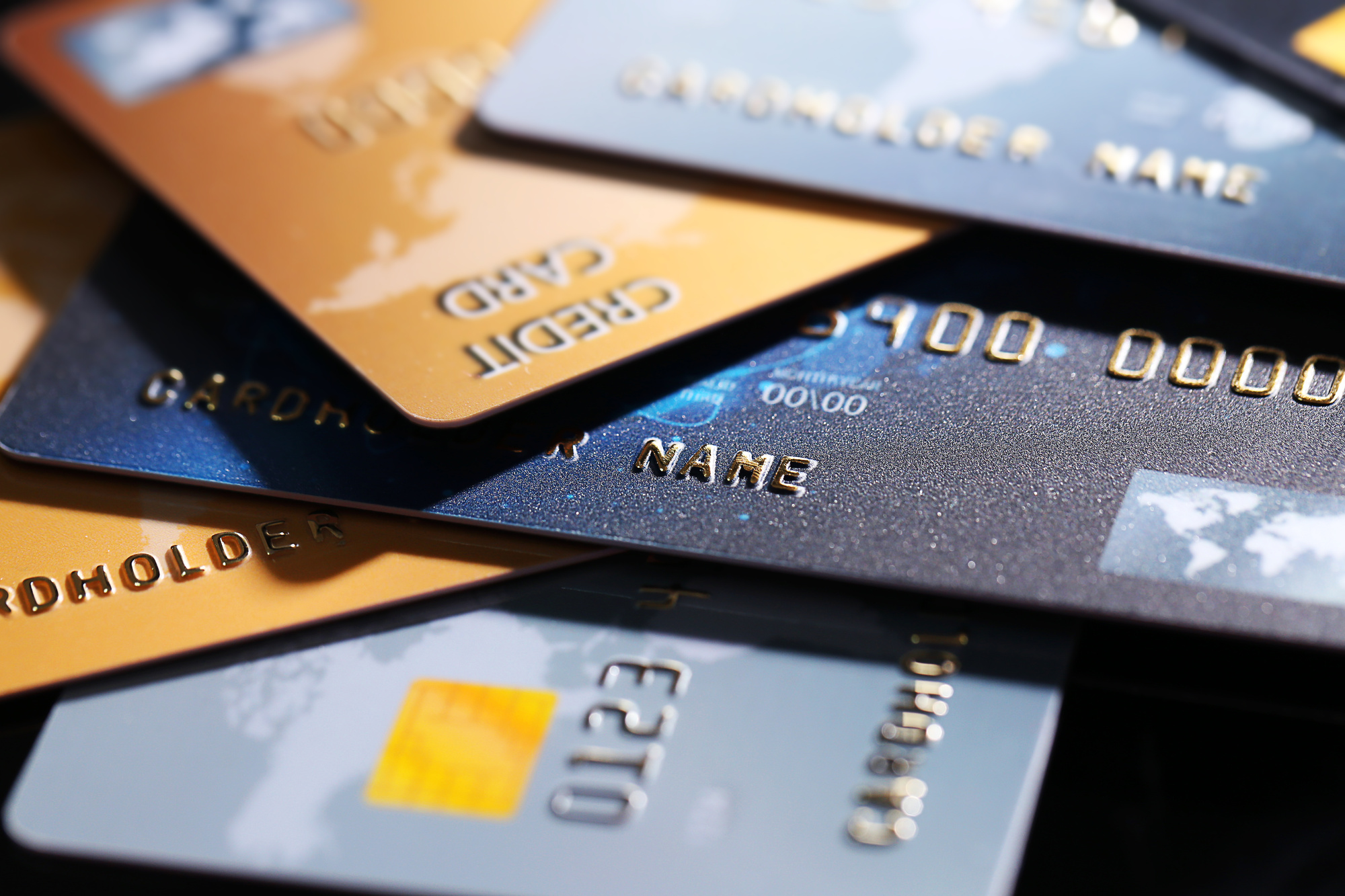Managing credit card debt can be a challenge, especially when interest rates are high and balances are left unchecked. One of the key principles for maintaining a healthy credit score and avoiding financial strain is keeping your credit card debt under 30% of your credit limit. Staying within this threshold ensures that you’re using credit responsibly and not overextending yourself, which can lead to higher interest charges and a negative impact on your credit score.
In this article, we’ll explore effective strategies and tips to help you maintain your credit card balance below 30%, avoid common pitfalls, and build a healthier financial future.
Why Keeping Credit Card Debt Below 30% is Crucial
Credit card debt can quickly spiral out of control if not managed properly. Keeping your credit card balance under 30% of the available limit not only helps you avoid excessive interest charges but also supports your credit score. Here’s why it’s so important:

1. Impact on Credit Score
One of the primary factors that influence your credit score is your credit utilization ratio, which is the percentage of your available credit that you’re using. If your balance exceeds 30% of your limit, it may signal to lenders that you’re over-relying on credit. This can reduce your credit score and make it harder to secure loans or better credit card terms in the future.
2. Lower Interest Rates
If you maintain a lower credit utilization, your credit card issuer may reward you with lower interest rates and better offers. On the other hand, if you’re consistently near your credit limit, lenders may view you as a higher-risk borrower and may increase your interest rates, adding to your financial burden.
3. Reduced Risk of Debt Accumulation
Keeping your balance under 30% means you’re less likely to accumulate debt that you can’t pay off. By managing your spending and payments, you’re able to stay within a comfortable repayment range without relying on credit for larger purchases.
Strategies for Keeping Credit Card Debt Below 30%
Managing credit card debt requires discipline, but with a few smart strategies, you can maintain a healthy balance without compromising your lifestyle or financial stability.
1. Monitor Your Spending Regularly
One of the most effective ways to keep your credit card balance under control is to monitor your spending habits closely. Keep track of your purchases to ensure you’re staying within your limits and not overspending on unnecessary items.
Set a Budget
Start by creating a monthly budget that includes your credit card spending. Outline all of your necessary expenses, including groceries, bills, and any other recurring payments. By allocating a specific amount for credit card purchases, you can avoid overspending and ensure that your balance doesn’t exceed 30% of your limit.
Track Your Purchases
Use budgeting apps or your bank’s mobile app to track your spending in real-time. These tools allow you to keep an eye on your credit card usage and adjust as needed to stay within your target.
2. Pay Your Credit Card Bills on Time
Paying your credit card bill on time is essential for keeping your balance low and avoiding late fees. If you’re unable to pay off the full balance, try to make at least the minimum payment to prevent your debt from accumulating.
Make Payments More Than Once a Month
To keep your balance under 30%, consider making more than one payment per month. This will help reduce your balance consistently and ensure that you stay under the 30% utilization mark. By paying off smaller amounts throughout the month, you can prevent a large balance from building up, especially if you tend to use your card frequently.
Avoid Interest Charges
Late payments often come with high-interest fees, which can quickly increase your outstanding balance. Always pay your bill by the due date to avoid these charges and keep your credit card debt manageable.
3. Request a Credit Limit Increase
If you’re finding it difficult to keep your balance under 30% due to a low credit limit, consider asking your credit card issuer for a limit increase. An increase in your credit limit will give you more room to spend while maintaining a lower utilization ratio.
How to Increase Your Credit Limit
Credit card issuers are more likely to approve a limit increase if you’ve demonstrated responsible credit behavior, such as making on-time payments and keeping your balance low. Before requesting an increase, ensure that your financial situation supports higher spending to avoid accumulating more debt.
Caution with Increased Limits
While a higher limit can help reduce your credit utilization ratio, it’s important to maintain discipline. Resist the temptation to spend more just because you have more credit available. The goal is to stay within the 30% utilization limit, not to increase your spending.
4. Pay Down High-Interest Debt First
If you have multiple credit cards, prioritize paying down those with the highest interest rates. High-interest debt can quickly snowball, making it harder to keep your balance under control.
The Debt Avalanche Method
The debt avalanche method involves paying off the credit card with the highest interest rate first while making minimum payments on the others. This approach minimizes the amount of interest you pay over time and helps you pay off your debt more quickly, reducing your overall credit card balance.
The Debt Snowball Method
Alternatively, you can use the debt snowball method, where you focus on paying off your smallest debt first. Once that balance is cleared, you move on to the next smallest balance. While this method doesn’t minimize interest as effectively as the avalanche method, it can provide psychological benefits by giving you small wins along the way.
5. Keep Track of Your Credit Card Balance
Regularly checking your credit card balance is essential for staying on top of your credit utilization. If you notice that your balance is creeping too high, take immediate action to reduce it before it exceeds 30%.
Set Alerts
Many credit card issuers offer balance alerts, which notify you when you’ve reached a certain percentage of your credit limit. Setting up these alerts can help you keep track of your spending and avoid exceeding your desired utilization ratio.
Review Statements Carefully
When you receive your monthly credit card statement, review it thoroughly for any errors or unauthorized charges. Promptly dispute any discrepancies to ensure that your balance reflects your actual spending.
6. Avoid Unnecessary Purchases
One of the most effective ways to keep your credit card balance under 30% is to be mindful of your purchases. Avoid impulse buying and focus on purchasing only the essentials.

Delay Major Purchases
If you’re tempted to make a large purchase, consider waiting a few days to evaluate if it’s truly necessary. This can help you avoid overspending and accumulating debt.
Use Other Payment Methods
When possible, consider using other payment methods such as debit cards or cash to make purchases. This helps prevent charging everything to your credit card, making it easier to keep your balance low.
Conclusion
Keeping your credit card debt under 30% is an essential strategy for maintaining good credit health and avoiding the accumulation of high-interest debt. By monitoring your spending, paying bills on time, requesting credit limit increases, and prioritizing high-interest debt, you can keep your balance under control and avoid financial pitfalls. Additionally, setting clear spending goals, using budgeting tools, and being disciplined with your purchases can help you achieve long-term financial stability.
By implementing these strategies, you’ll not only maintain a healthy credit utilization ratio but also improve your overall financial well-being. Managing credit card debt is a gradual process, but with consistency and discipline, you can achieve financial freedom and avoid the stress of overwhelming debt.

Leave a Reply